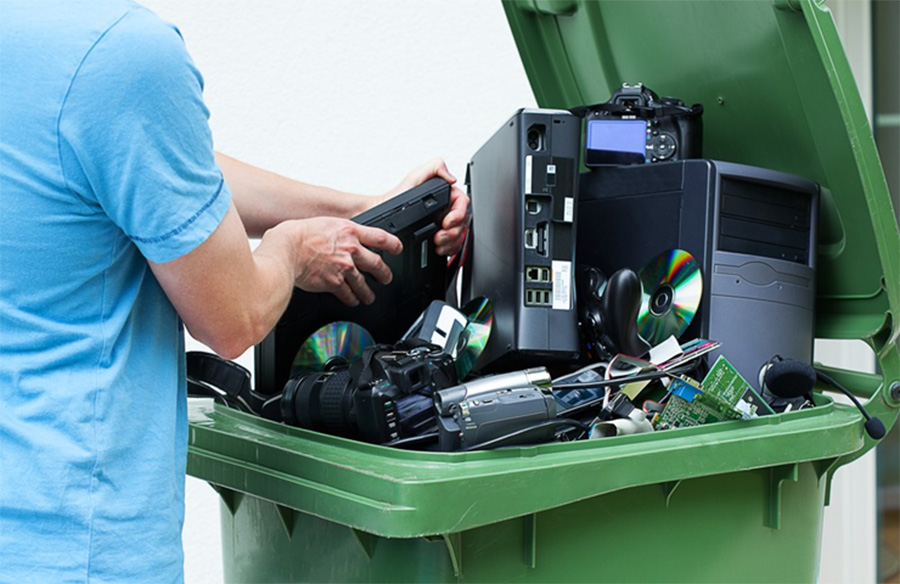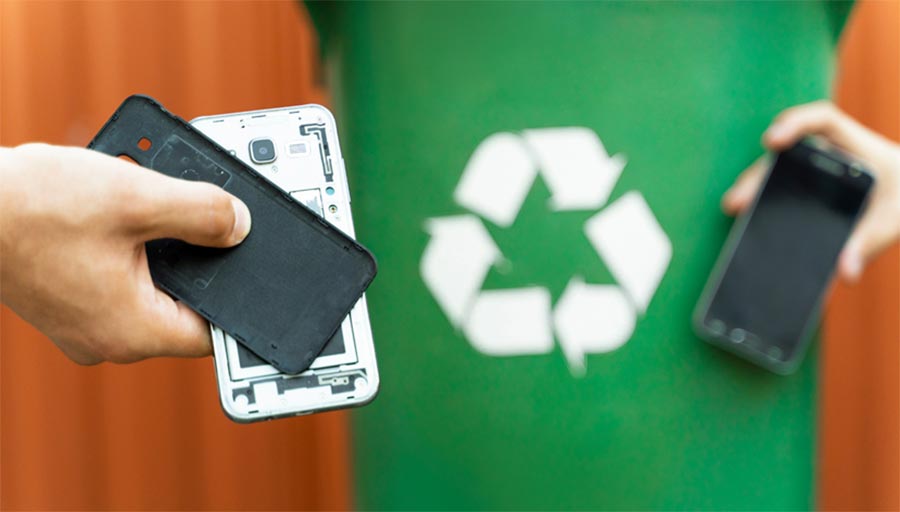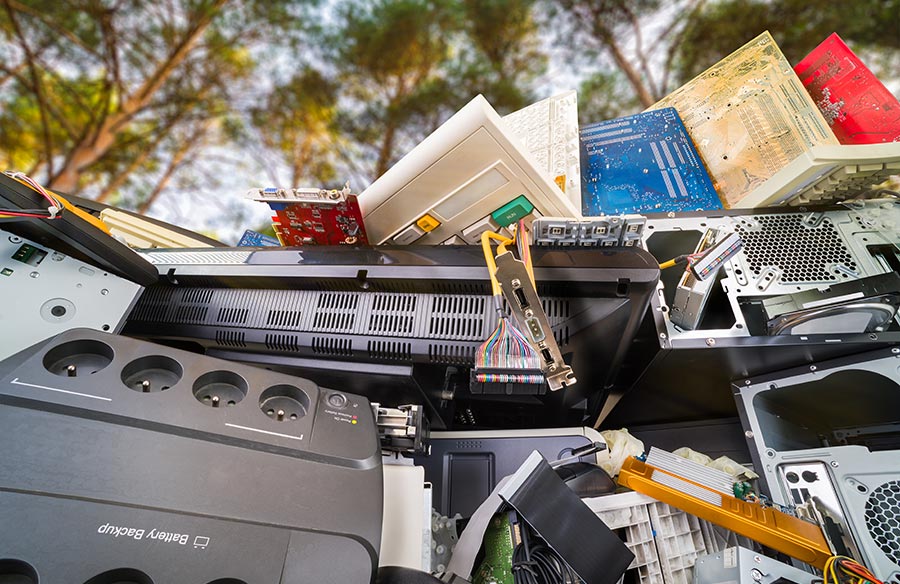Unlike recycling plastic and glass, recycling e-waste is not as simple as purifying, melting, and hardening to be used again. Due to the hazardous nature of a lot of e-waste, the process of electronic waste recycling is lengthier to ensure safety to our environment.
Because a lot of electronics are not being recycled and are left in the wastelands of things that are meant for compostable items, the toxic chemicals, and components from our recycled electronics harm our soil that we rely so much on for Earth’s life. But actions are being taken to recycle our ever-growing use of electronics and therefore, the ever-growing waste from those electronics.
Therefore, it is important to learn about how e-waste is correctly recycled for the sake of re-using and to protect the environment that we live in.

Breaking E-Waste Down to Smaller Components
Since our recycled e-waste is often made up of different materials that cannot be all recycled at once, it is important to break the pieces of e-waste into smaller pieces. Due to the complexity of many e-waste components, some need to be manually sorted by humans to ensure accuracy since it is often very difficult for technology to sort out the differences of different materials used in the making of the electronic.
When the components of the e-waste are broken down from the initial piece, the ones that could be used solely by extracting them are finalized but some pieces require more labor to be reused.
Separation
After a discarded piece of electronics is broken down into smaller pieces, some are still unusable without further processing. This is when the separation comes into play to separate the components that are ready to be re-used and the ones that need further processing for them to be reused.
Metal is often one of the most common components that are not often usable directly after being separated from the initial whole of the e-waste. Because of that, metal needs to be processed further since they are often attached to plastic bits. Since plastic and metal are two different materials, they would need to be separated.
Finally, towards the end of the recycling process of e-waste, glass is taken out from the e-waste with the use of water. The leftover waste is now in a water made up of majorly unusable components of e-waste. But some sorting should commonly still take place to sort out any more plastic, metal, or glass.

Finished, Ready for Sale
After the lengthy breaking down and sorting process, recycling e-waste is complete. Little to no harm is done to the environment since the e-waste is not let into the soil or air and given the chance to release harmful toxins and chemicals.
When the recycling process is done, the different recycled pieces are ready as brand-new items and can be sold on the market. Maybe your computer or phone is made up of electronic components that have been recycled. Think of it as contributing something to make our environment cleaner and healthier.





